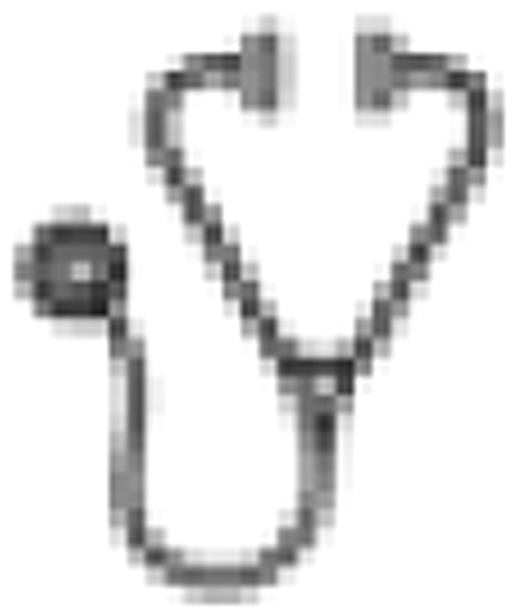Abstract
Abstract 421
Treatment of hematological malignancies, non-Hodgkins lymphoma in particular, has evolved greatly in the past decade with the advent of rituximab, proteasome inhibitors and other new agents. Nonetheless, the need remains for effective agents with novel mechanisms of action, which lack cross-resistance to current standards of care. Agents that regulate host immune function may contribute to the control of hematological tumors by affecting innate and acquired immune responses targeting cancer cells. In this context, Toll-like receptors (TLR) are ideal targets for combination therapy as they play a key role in modulating immune responses and can influence the tumor microenvironment through induction of cytokines/chemokines and enhance antibody-dependent cell cytotoxicity (ADCC), a key mechanism involved in rituximab antitumor effects. We have shown that a novel class of synthetic oligoribonucleotide compounds, acting as TLR7 and 8 agonists, induce potent T helper 1-type immune responses in preclinical models (Proc Natl. Acad. Sci. USA, 104: 13750, 2007) and exert significant antitumor effects (Mol Cancer Ther. 9: 1788, 2010). In this study, we have evaluated a combination strategy involving a TLR7/8 dual agonist with rituximab, bortezomib or cyclophosphamide, in human xenograft and murine syngeneic lymphoma models. We performed ADCC assays using human peripheral blood mononuclear cells (PBMCs) stimulated with the agonist as effectors and rituximab-coated Raji, a B cell lymphoma, or Granta-519, a mantle cell lymphoma tumor cell line, as targets. Combining agonist-treated PBMCs with uncoated Raji cells or untreated PBMCs with rituximab-coated Raji cells resulted in about 35% cytotoxicity. When agonist-treated PBMCs were combined with rituximab-coated Raji cells, cytotoxicity was enhanced to 65%. Agonist treatment of PBMCs alone did not induce killing of uncoated Granta-519 cells whereas treatment with rituximab caused 25% cytotoxicity. Combining agonist treatment with rituximab coating of Granta-519 cells increased cytotoxicity to 51%. Thus, the agonist significantly enhances the ADCC activity of rituximab. NOD-SCID mice implanted i.v. with Raji cells were treated with 50 mg/kg agonist (s.c., twice weekly for 5 weeks), 10 mg/kg rituximab (i.p., twice weekly for 5 weeks), the combination of the two agents or PBS starting at day 3. The control group of mice that received PBS developed a disseminated systemic disease with a median survival 18.5 days and died within 24 days. Treatment with agonist or rituximab alone lead to moderate tumor growth inhibition with a median survival of 24 days (p = 0.043) or 36 days (p < 0.01), respectively. However, all mice in both groups developed lymphoma and died within 74 days. Treatment of mice with combination of agonist and rituximab resulted in long term tumor-free survival of 63% of the treated mice (p = 0.0005 compared to antibody alone group) with a median survival of 82 days. Similar antitumor effects were observed in HBL-2 mantle cell lymphoma xenografts in Rag2 mice. Flow cytometry analysis of human CD20+, CD19+ and CD20−CD19+ cells in the peripheral blood of mice bearing HBL-2 tumors showed that treatment with the agonist or rituximab lead to a 19% and 70% reduction of lymphoma cells, respectively. In contrast, treatment with agonist and rituximab increased clearance of total human cells to 97%. Interestingly, although rituximab was very effective in clearing CD20+ cells, it did not impact the number of CD20−CD19+ cells which accumulated over time and account for 8% of the total lymphoma cell population in the blood stream. Treatment with agonist and rituximab, significantly reduced the number of circulating CD20−CD19+ cells. The agonist also showed synergistic antitumor activity when combined with either cyclophosphamide or bortezomib in murine B-cell lymphoma xenografts from Em-myc transgenic mice and A20 lymphoma in BALB/c mice, respectively. Combination treatment in both models resulted in significant tumor growth inhibition compared to cyclophosphamide (p = 0.035) or bortezomib (p = 0.0001) alone. Our data suggest that this novel dual agonist of TLR7 and TLR8 could enhance the antitumor activity of rituximab as well as other standard agents in the treatment of non-Hodgkins lymphoma and other hematological malignancies. Based on these data we have selected the dual agonist IMO-4200 as lead candidate for clinical development.
No relevant conflicts of interest to declare.

This icon denotes an abstract that is clinically relevant.
Author notes
Asterisk with author names denotes non-ASH members.

